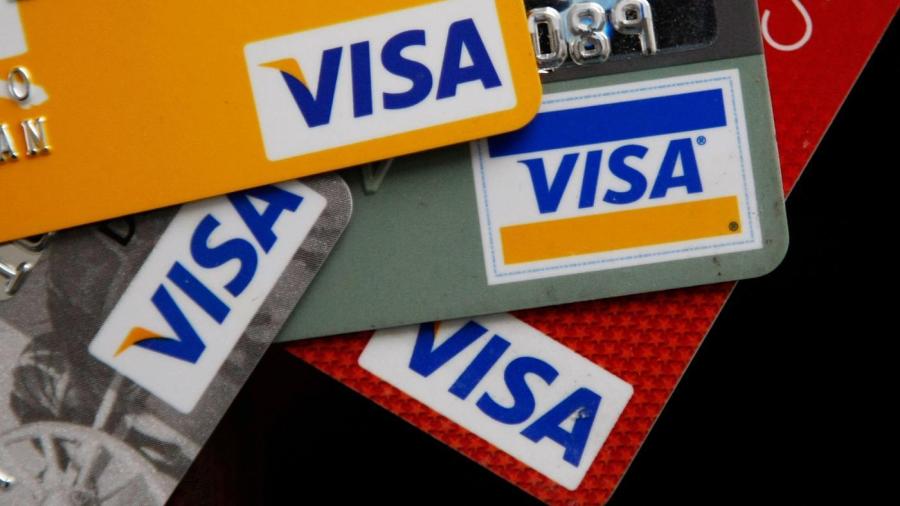What Is the Difference Between Visa and Visa Electron?

While Visa is a type of credit card, Visa Electron is a version of credit or debit card available throughout much of the world. While Visa Electron is only available as a debit card in Great Britain, it is available as a credit card elsewhere. It is not available in Australia, Canada, Ireland or the United States. Its strongest areas of use include Spain, Latin America, Asia and Africa.
Unlike standard Visa debit cards, Visa Electron payments require that funds be available in an account when a charge is made. While Visa credit cards and some Visa debit cards allow an account to be overdrawn, Visa Electron does not. Not all stores support Visa Electron due to this feature; when a system is unable to confirm fund availability, a Visa Electron card cannot be used. A Visa Electron credit card does not allow charges that exceed the card’s credit limit.
Because of the restrictions on the Visa Electron, it is popular with students and people who have trouble getting credit cards. Banks are sometimes willing to issue Visa Electron cards to people who do not qualify for standard Visa cards. The Visa Electron card was initially introduced in 1985. The physical cards are not embossed, so they cannot be used with old manual card readers.





